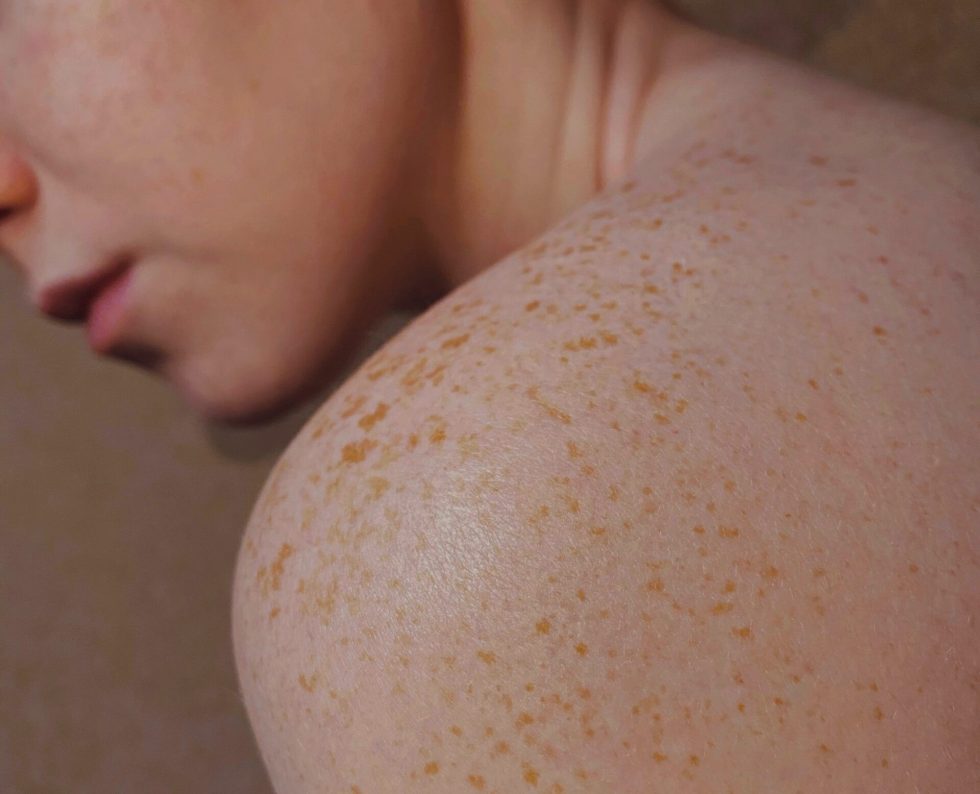Trivia: What is the largest organ in the human body?
Answer: The skin


The skin, which covers almost the entire body and makes up 15% of its weight, is the largest and widest organ in the body. The skin belongs to the covering system, including the hair, sweat glands, and various sensory organs found in the skin.
In addition, the skin is, by many definitions, part of the immune system since many of the white blood cells are not located in the blood but in the various tissues of the skin. The skin belongs to the innate immune system; its protection against contaminants and harmful chemicals is not specific but usually adequate for a lifetime.
The epidermis consists mainly of dead cells filled with keratin and focuses on the lower part of the dermis. The epidermis, renewed every 27 weeks, has a thickness of 0.1 – 0.2 mm and consists mainly of dead cells (keratinocytes) and living cells (melanocytes and Langerhans cells).
The dermis is a layer of living tissue above the subcutaneous fat. The dermis forms an upper protective screen for many organs and body parts by means of its capsules, septum hairs, glands, lymph vessels, and nerve endings. In addition, blood capillaries are found in large numbers under the skin.
The dermis is divided into 2 separate layers: the upper papillary dermis and the lower reticular dermis. The papillary dermis is only 0.5 mm thick; it consists of many very thin, longitudinal string-like bundles (dermal papillae) that protrude from the inner surface of the epidermis like inverted triangular prisms.
In the uppermost part, these bundles consist primarily of connective tissue fibers arranged in a wavy pattern. The deepest layer contains coarse elastic fibrils.
The lower reticular dermis is thicker at about 1.5 mm. It consists of thicker fiber bundles that run in various directions, including vertically and obliquely to the surface. These are also composed of collagen fibers but contain more elastic fibers than those found in the papillary dermis.
The subcutaneous tissue is a layer of fat under the skin, protecting against cold or heat. The subcutaneous tissue is not part of the skin but is located immediately below it.
The subcutis consists mainly of adipose tissue, which stores energy in fat cells (adipocytes) and thus plays an important role in body temperature regulation. Blood vessels, lymphatic vessels, and nerve endings in the subcutis. Overall, our skin thickness varies from 1 to 5 mm, depending on the part of the body.


